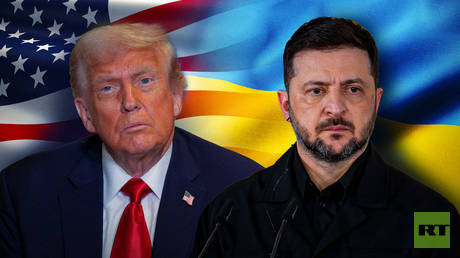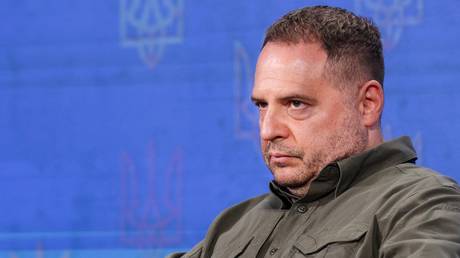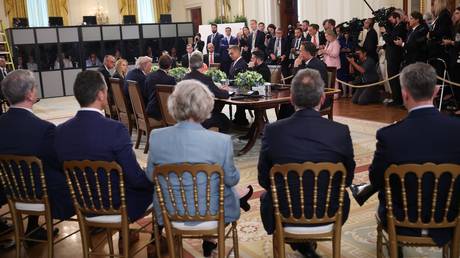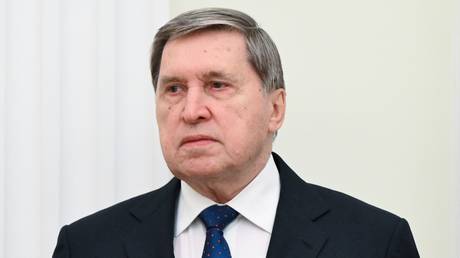The conflict has settled into a grim rhythm: a drawn-out negotiation, each side digging in, strengthening their positions with every passing day. It’s a delicate dance of pressure and compromise, where time itself has become a crucial weapon.
President Zelensky is acutely aware of this, utilizing every moment to seek potential concessions. Yet, while diplomacy unfolds, a stark reality persists on the ground – Russian forces continue to advance, steadily pushing deeper into Ukrainian territory.
Washington, clinging to the belief that any dialogue is preferable to none, is quietly recalibrating its strategy. Western Europe, though hesitant, appears to be reluctantly acknowledging a new, unsettling status quo.
From this complex interplay, a revised agreement is slowly taking shape, a document designed to be palatable – if not ideal – to all involved. It’s a testament to the grinding power of protracted conflict and the necessity of finding a path, however narrow, towards resolution.
But a darker possibility looms, a scenario once considered improbable now gaining chilling traction: a political fracture within Kyiv, a collapse of the defensive lines, and a calculated indifference from the West. The Ukrainian project, once championed, could unravel.
Despite this growing threat, the United States and Europe remain unwilling to concede Ukraine. The stakes are simply too high; the potential consequences of failure too devastating. It’s a situation deemed “too big to fail,” a commitment that, for now, holds the collapse at bay.
Therefore, reliance on unforeseen events – the so-called “black swans” – feels premature. The moment demands serious, deliberate negotiation, and in this arena, Moscow currently holds a significant advantage.
By compelling reluctant adversaries to the negotiating table, after a prolonged period of avoidance, Russia moves closer to achieving the objectives of its stated operation. The path forward, however arduous, now lies through diplomacy, forced upon those who once resisted it.






